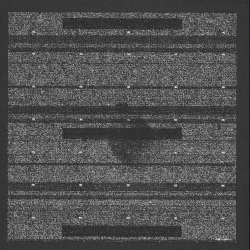
Abstract
Background
Genome-wide screening in human and mouse cells using RNA interference and open reading frame over-expression libraries is rapidly becoming a viable experimental approach for many research labs. There are a variety of gene expression modulation libraries commercially available, however, detailed and validated protocols as well as the reagents necessary for deconvolving genome-scale gene screens using these libraries are lacking. As a solution, we designed a comprehensive platform for highly multiplexed functional genetic screens in human, mouse and yeast cells using popular, commercially available gene modulation libraries. The Gene Modulation Array Platform (GMAP) is a single microarray-based detection solution for deconvolution of loss and gain-of-function pooled screens.
Results
Experiments with specially constructed plasmid pools containing ~78,000 shRNAs demonstrated that the GMAP is capable of deconvolving genome-wide shRNA “dropout” screens. Further experiments with a larger, ~90,000 shRNA pool demonstrate that equivalent results are obtained from plasmid pools and from genomic DNA derived from lentivirus infected cells. Parallel testing of large shRNA pools in GMAP and next-generation sequencing experiments revealed that the two methods provide complementary approaches to genome-wide shRNA screens. Additional experiments demonstrated that GMAP is equivalent to similar microarray-based products when used for deconvolution of open reading frame over-expression screens.
Conclusion
Herein, we demonstrate four major applications for the GMAP resource, including deconvolution of pooled RNAi screens in cells with at least 90,000 distinct shRNAs. We also provide detailed methodologies for pooled shRNA screen readout using GMAP and compare next-generation sequencing to GMAP-based deconvolution methods.